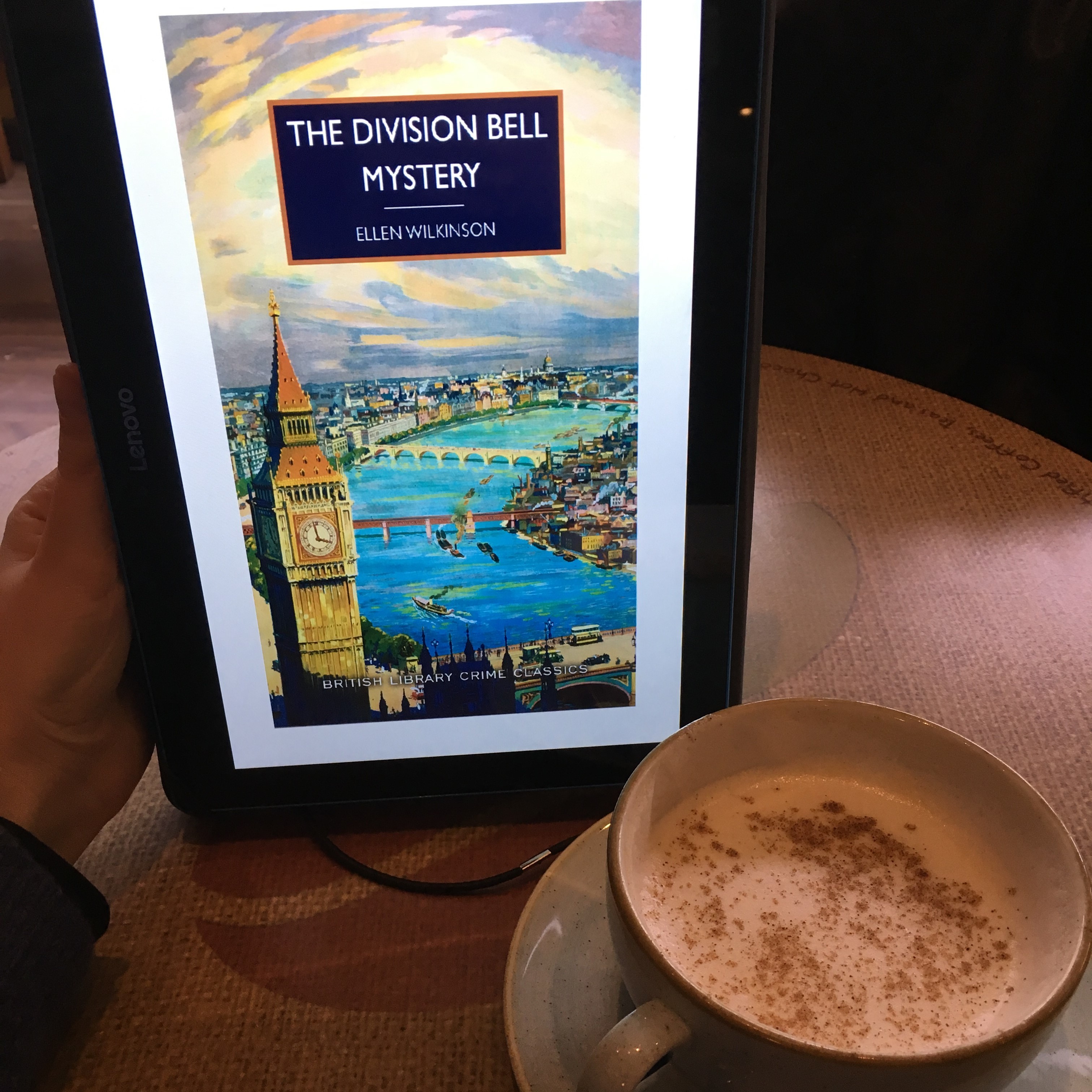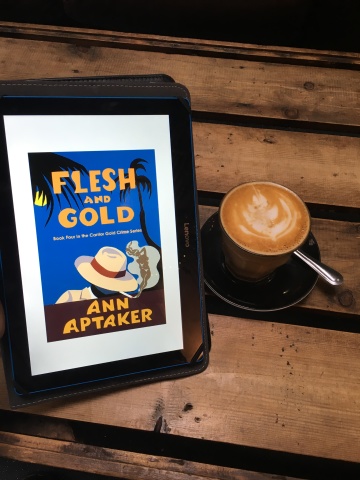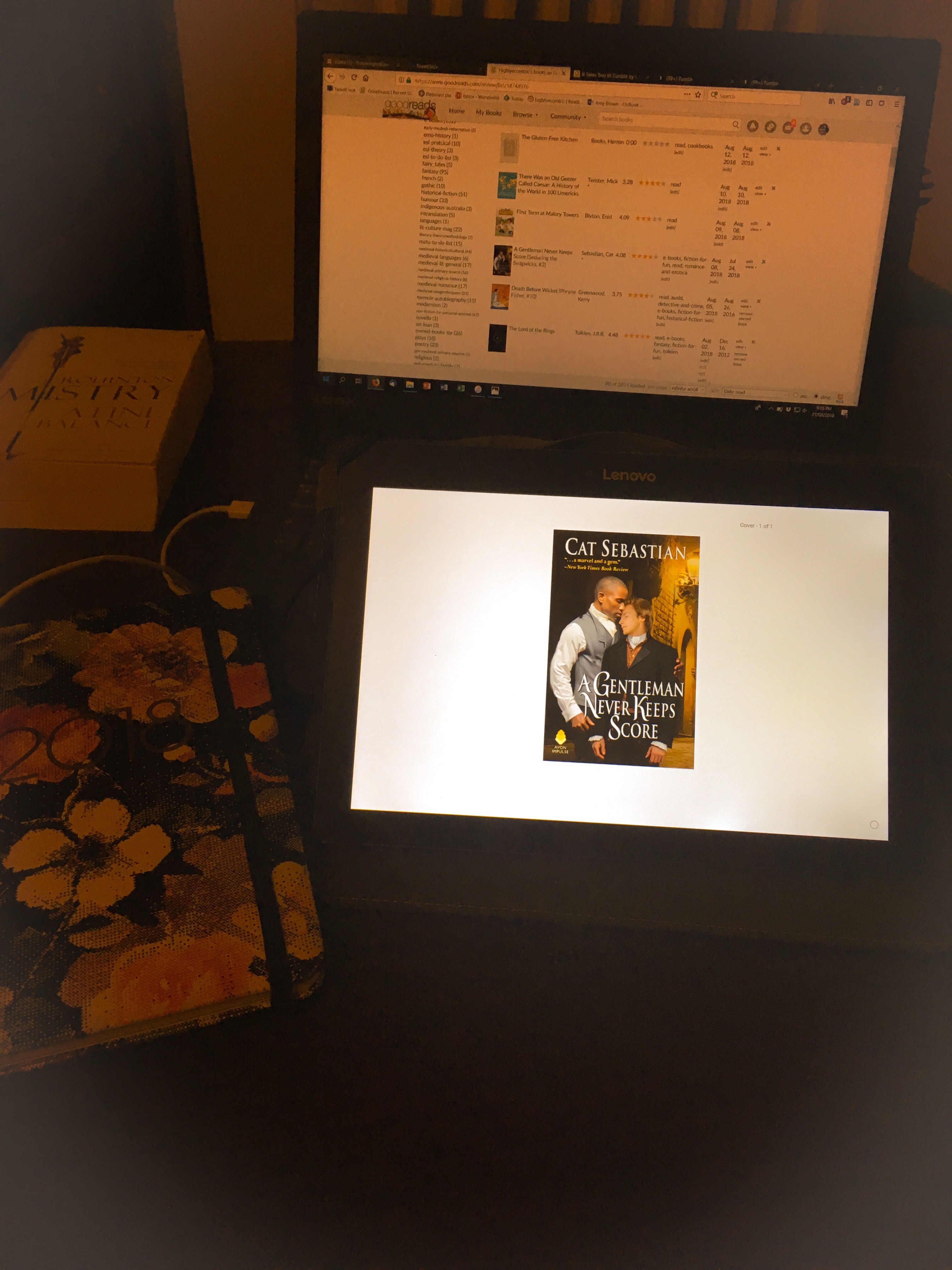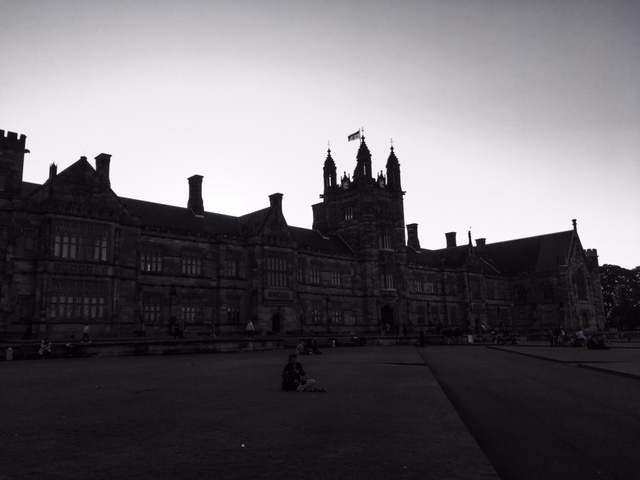( Read more... )
These days, I am researching intersections between disgust and humour: why is disgust fun? Why is it funny to disgust others? It turns out that still shot I was shown is part of the Internet Hall of Fame: it's known as 'Lemon Party', and like Goatse and Two Girls One Cup, it is one of the pornographic counterparts of the humble RickRoll and the NumaNuma song. One tricked one's internet peers (and sometimes ones real life peers) into viewing undesirable content: Lemon Party and Goatse because they are explicitly or implicitly homoerotic; Two Girls (and to an extent Goatse) because of the scatological humour / kink intersection. RickRoll is genuinely harmless, its joke resting on the overly earnest and unfashionable popsong, while the NumaNuma video's prank appeal rests on combined fatphobia and mockery of the chap in question's earnest enjoyment of the song. Somehow, as an odd badge of pride, I can tell you I've never been internet-pranked into any of these: I somehow became skilled at spotting and dodging them, and Lemon Party simply never crossed my radar. Consequently, it wasn't until I read mentions of it in academic literature that I realised it was a specific meme-based prank and not a random act of homophobia that I had encountered in late 2008 or early 2009.
Now, when I think about that exchange in the restaurant, it seems glaringly obvious to me that I, and the other female staff, were subject to heterosexual sexual harrassment: pushing pornography into our working relationship was obviously an act of sexualised intimidation. Even the intent to disgust is wrapped up in ye olde hetero power dynamics: eliciting an affective response over us, in the domain of sexuality, without touching us or even implying sexual interest in us. But I do think there's something different here to, say, showing het porn that the aggressor might presumably enjoy - perhaps that's what lifts it into the realm of humour? There isn't a sense of unwanted intimacy, such as even something relatively tame like pin-up calendars elicits (now you know exactly what kind of big tits your colleagues like). I'm fairly sure my straight women colleagues would have reacted differently to straight porn, or lesbian porn (either true dyke porn or girl-on-girl-for-male-viewers); and the kitchen blokes would not have found conventionally attractive gay porn a site of riotous amusement.
This past week I read NSFW: Sex, Humour and Risk in Social Media (well, read the intro and skimmed the rest for content specifically addressing gross-out pranks). What that book *doesn't* address sort of confirms that my first read on the situation might not have been so wrong: I think, at the time, the disgust > humour link was so strong, and the homophobic element so obvious, that many victims embraced the joke (and then passed it on). The authors of NSFW address Goatse and Lemon Party in the same context as 'Nimping' (of which I had never heard!), a prank that installed an app that played inescapable gay porn and shouted "hey everyone I'm watching gay porn!" across your workplace. They talk about how there's humour in disgust, in reasserting heteronorms via disgust-pranks; and about the humour of incongruity, as in the presence of porn in the workplace.
They DON'T talk about the specific dynamics involved in victimising certain people for these pranks - perhaps because Goatse, like Rickroll, seemed so all-pervasive at one point. But something like Nimping? Don't tell me that wasn't deliberately sent to men who were somehow failing to win at workplace masculinity. Part of the TEST is that the victim had to both perform disgust *and* treat it as a successfully executed amusing prank - by failing to perform disgust I violated the Rules of the exchange, and if I were read as a man or possibly even as a dyke at the time I would have opened myself to further homophobic harassment in so doing; but if I treated it as sexual harassment directed at me as a woman, I have absolutely no idea what would have happened, the violation of the prank rules of engagement was so inconceivable at the time.
I do think that even if it is the case that most people in the sphere of these pranks thought of them as pranks rather than harassment, an academic study ought to probe further. It is striking that the authors of NSFW quote studies which interviewed people about workplace humour, or about work/life boundaries and smutty jokes on social media (some one who was photographed holding some 'cock soup' - tinned soup with a cockerel on it - while on mental health leave, and the photo made it to facebook), they don't interview or cite any interviews with anyone who *disseminated* goatse, lemon party, two girls, or nimping; nor anyone on the receiving end. Even in the section entitled 'Harassment, Sex, and the Workplace', they focus on the fact that things which are harassment in one context may not be in another - without ever addressing the fact that these pranks *could be used to harass*, and who might be the most likely victims. Even when mentioning the homophobic nature of the joke, they don't address the probability that queer people would therefore be targeted. It's... disappointing, honestly.
And yet, while failing to treat gross-out pranks as harassment, they *also* don't address consensual gross-out practices! I am aware of people who trawl the A03 for the grossest or most pathetic or worst written or preferably all three porn they can find; I assume this happens with video porn, too (how else did Lemon Party end up screencapped?). Some people think its fun to seek out gross content: they then either spring it on unconsenting people, or, I've been told, engage in group competitive gross-outs with similarly minded friends. I am fairly sure that some of *that* underlay the viral success of goatse, lemon party, two girls, etc.
All up, useful but disappointing. I did get some interesting anthropological cites on disgust, however, and will keep forging ahead. I've been reading up on intentionally disgusting literature, too, but most of what I've found is writing about disgust as deliberately challenging / edgy, not deliberately FUNNY. But there are many genres of disgusting literature that are not that: Paul Jennings is no William S. Burroughs, and 18th-cent Mock-Epic has more in common with Captain Underpants than with Samuel L. Delaney.
Currently Reading:
Fiction For Fun: Bernadine Evaristo, Girl, Woman, Other - not much progress here.
Poetry: Still plodding onward with Paradise Lost
Non-Fiction for Personal Interest: Made some headway with Feminist Theory from Margin To Center, am enjoying it. Foucault and Bond Stockton remain on hiatus.
Lit Mag: Some minor progress with the winter Meanjin, but not enough. Also, as if I didn't have enough of a backlog with Meanjin, i leveled up in bougieness and took out a TLS subscription. I keep picking up links to articles by medievalists and not being able to read them... so, I have three months electronic and hard copy, we'll see if I use it and if it's worth keeping up the hard copy.
For Work: Mary Devlin's Murder on the Canterbury Pilgrimage, aka 'Esmerelda from Hunchback goes on pilgrimage with Chaucer, and also with a woman who has been married five times but is less mouthy than the Wife of Bath so makes a less threatening POV character'. Hines' The Fabliau in English. Annotating Feminist Theatrical Revisions of Classic Works, still.
Recently Finished: Quite a lot, actually.
 The Canterbury Trail by Angie Abdou
The Canterbury Trail by Angie AbdouMy rating: 2 of 5 stars
This was going to get a 3 or even round up to a 4, but the ending was a complete cop-out AND not even plausibly excused as a 'retraction' à la Chaucer.
 The Canterbury Tales by Seymour Chwast
The Canterbury Tales by Seymour ChwastMy rating: 2 of 5 stars
It's hard to feel like Chwast actually LIKES the CT's, except maybe the Knight's Tale? And totally baffling dedication to doing The Whole Thing, including the cook and Melibee. Interesting to have a Prioress' Tale from a Jewish adaptor, but he ... doesn't... actually do anything interesting with it.
 Feminist Theatrical Revisions of Classic Works: Critical Essays by Sharon Friedman
Feminist Theatrical Revisions of Classic Works: Critical Essays by Sharon FriedmanMy rating: 5 of 5 stars
Extremely useful and relevant to my interests.
 100 Demon Dialogues by Lucy Bellwood
100 Demon Dialogues by Lucy BellwoodMy rating: 5 of 5 stars
Absolutely adorable: 100 slice of life comics featuring discussions between the artist and her own inner demons.
Plus Karen Boyle, Media and Violence: Gendering the Debates, which is pretty good if out of date now. Neat format choices - it's a monograph but it's got textbook-like chapter blurbs and summaries, and discussion prompts. Also the intro to Alexandra Cuffel, Gendering Disgust in Medieval Religious Polemic, which gave me some good cites, but is bafflingly ONLY about inter-religious polemic (Xns on Jews and Muslims, Jews on Xns and Muslims, Muslims on both), and doesn't address any of the three's depictions of heretics and or schismatics, or the sort of polemic that demands reform within a religion.
 NSFW: Sex, Humor, and Risk in Social Media by Susanna Paasonen
NSFW: Sex, Humor, and Risk in Social Media by Susanna PaasonenMy rating: 4 of 5 stars
Both really interesting, and oddly gappy - f'r ex, despite sections entitled 'sex, harassment and the workplace', and despite addressing gross-out pranks, fails to actually grapple with gross-out pranks as either heterosexual harassment or homophobic harassment in the workplace. Weird.
And finally, I revisited the entire 'Circle of Magic' series by Tamora Pierce. Unlike the Song of the Lioness books, which I adored as a kid and still love, but which I see more and more holes in every time I read them, my respect for these ones only grows. Although this time I did have some side-eying about the depiction of the Traders (a mix of traits associated with Judaism and with the Roma, the latter mostly stereotypes; early on I thought Tammy Pierce took good and careful care to distinguish between antisemitic/racialised tropes believed about the Traders and what is actually truth of them, BUT. Their attitudes to outgroups were very heavy-handedly done: they seemed to genuinely believe non-traders were 'not real people', a belief which, afaik, is really only found to be *seriously* held in imperialist societies toward subordinate groups; if professed by a minority moving through a larger community it has a completely different valence). Nevertheless, as expected I was particularly struck by the epidemic in the fourth book: Briar resenting masks. Logistics people unprepared! Quarantine-dodging! Yeowch. The third book with its setting of a bad wildfire season was also tough to read after 2019 in Aus: I could feel the smoke scratch every time the text described Tris coughing.
Online fiction
Up Next:
Despite the long list of things finished, I have acquired EVEN MORE THINGS. A guide to mock-epic as a genre is probably next up.
Some links:
 As you may know, I am among those who have been desperately hoping for KJC to turn her hand to f/f romance. And, given my preferences among KJC’s previous work, I was hoping for a romance/action or romance/supernatural or romance/mystery blend.
As you may know, I am among those who have been desperately hoping for KJC to turn her hand to f/f romance. And, given my preferences among KJC’s previous work, I was hoping for a romance/action or romance/supernatural or romance/mystery blend.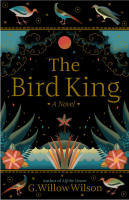
 (Some spoilers below. I was provided an e-ARC by the publisher in return for an honest review)
(Some spoilers below. I was provided an e-ARC by the publisher in return for an honest review) I must preface this by saying that I’m a bit burned out on romance novels right now - I came to the genre because I wanted character-focused narratives about queer people and queer relationships, and romance seemed to be where it’s at. But I’ve read enough now that I’m looking for novels to offer me something more: something beyond ‘girl meets girl’. Which is, fundamentally, not what the romance genre is here to offer me.
I must preface this by saying that I’m a bit burned out on romance novels right now - I came to the genre because I wanted character-focused narratives about queer people and queer relationships, and romance seemed to be where it’s at. But I’ve read enough now that I’m looking for novels to offer me something more: something beyond ‘girl meets girl’. Which is, fundamentally, not what the romance genre is here to offer me.